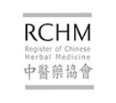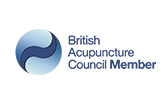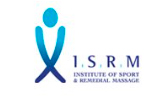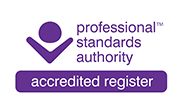Some issues in acupuncture research
It is necessary to orientate the reader to a few issues in the research of acupuncture in particular and CAM more generally. The most respected format of original research in western society is the randomised controlled trial (RCT) this means that the groups are selected randomly from the study population, and as far as possible other factors influencing a condition studied are ‘controlled for’ meaning they don’t affect the results.
‘Blinding’ trials in acupuncture
Of these designs the double blind format is considered best, that means neither the practitioner nor the patient in the trial know who is getting the which treatment. This works very efficiently in drug trials where it is easy to substitute another drug or a placebo pill to determine effect.
It is not so applicable to a physical therapy however, where it is important for safety that even sham treatment is given by someone who knows what they are doing and the person receiving can often tell. Furthermore treatment with acupuncture and Chinese medicine is usually individualised, and this doesn’t fit well with RCT design as it is harder to ‘control’.
‘sham’ acupuncture and placebo
In the sum of acupuncture research there are a great many trials which find benefits to acupuncture and significant difference to placebo, and also many that find no difference or no benefit. In order to unpick this it is necessary to look at each piece and decide why. It is a paradox which leads on balance to inconclusive evidence. However this is not the same as no evidence, a claim sometimes levied by sceptics. Typically a sceptic will critique a positive trial on sample size or control, and a practitioner will critique a negative trial based on inappropriate methodology.
This is a problem in acupuncture and some trials give acupuncture near ‘real’ points as a sham, some use ‘real’ points that ought to have no effect and some use retractable stage dagger like fake needles. In reviews these are often treated equally despite the needling near a ‘point’ more commonly showing a strong treatment effect than the retractable needles.
Basically what needs to be understood is that ‘sham’ acupuncture is not really a placebo at all since it has physiological effects and a much stronger therapeutic effect than would be expected in a standard pill placebo.






